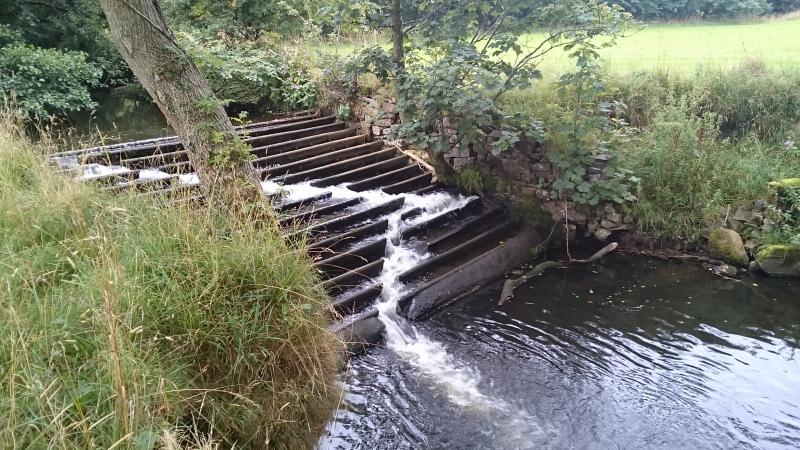A number of my blog posts have featured Eastburn Beck. It’s my pet project because it is the first that I cut my teeth on after moving to Yorkshire, because I live overlooking its headwaters and hence it is a very easy and accessible site for me to monitor. It is also exciting because it has ably demonstrated the value of partnership working, and how with critical mass, relatively small habitat improvements are snowballing both up and downstream from the original work plans as word spreads; this is quite typical for projects that the WTT is involved with!
Pre & post some weir notching we undertook on Eastburn Beck at Lyndhurst Wood. The channel width is narrower with more natural pool, riffle, and depositional features



